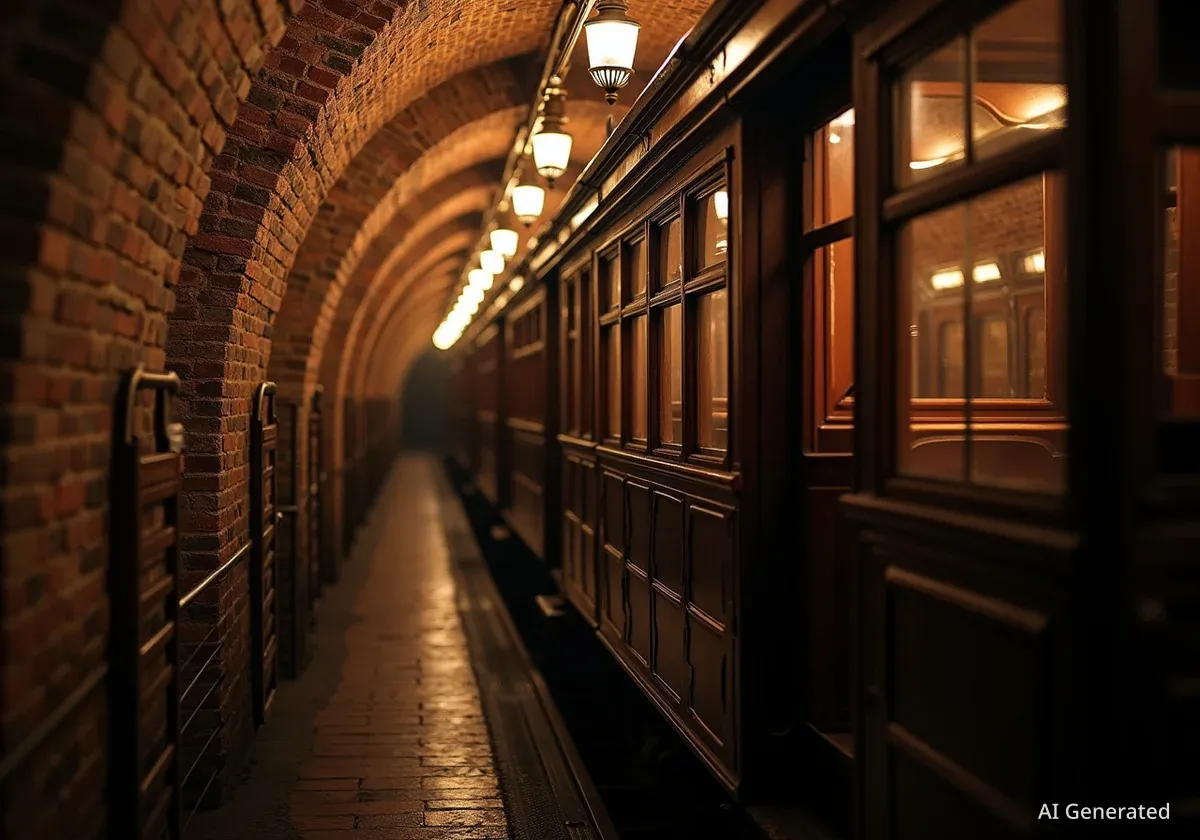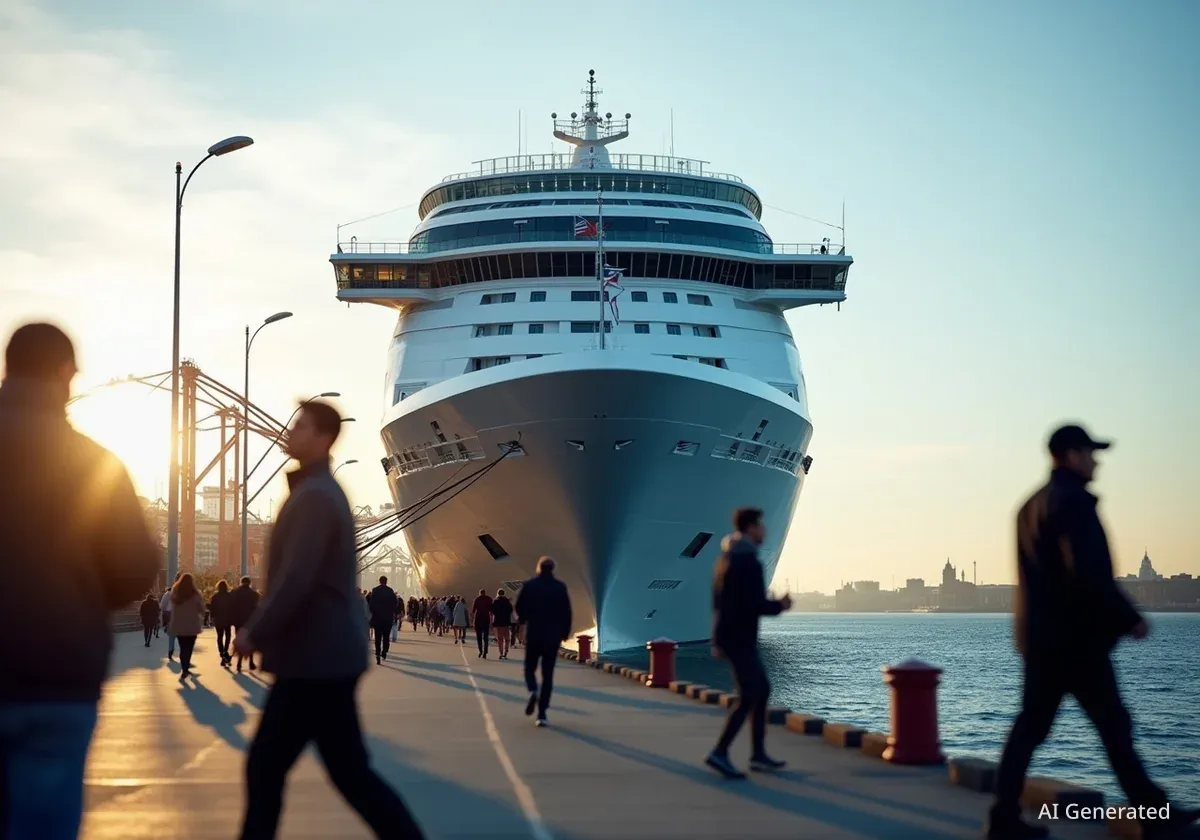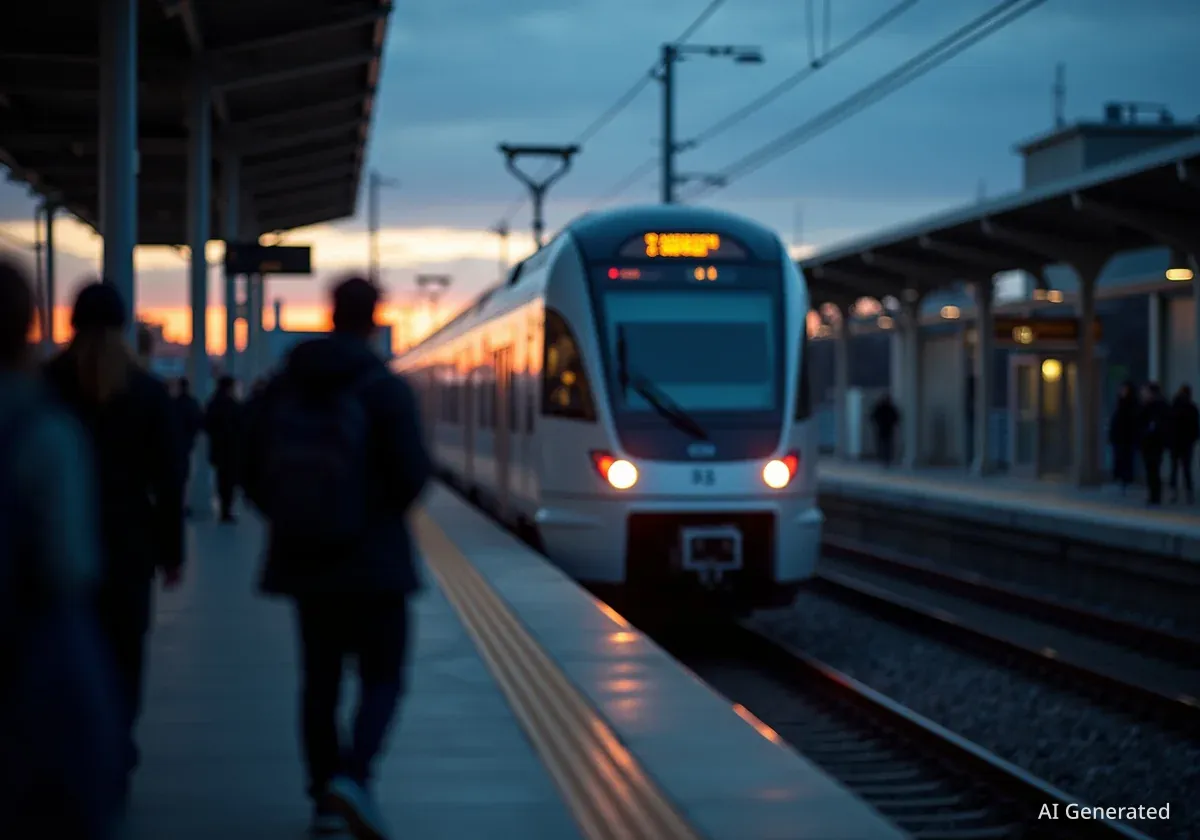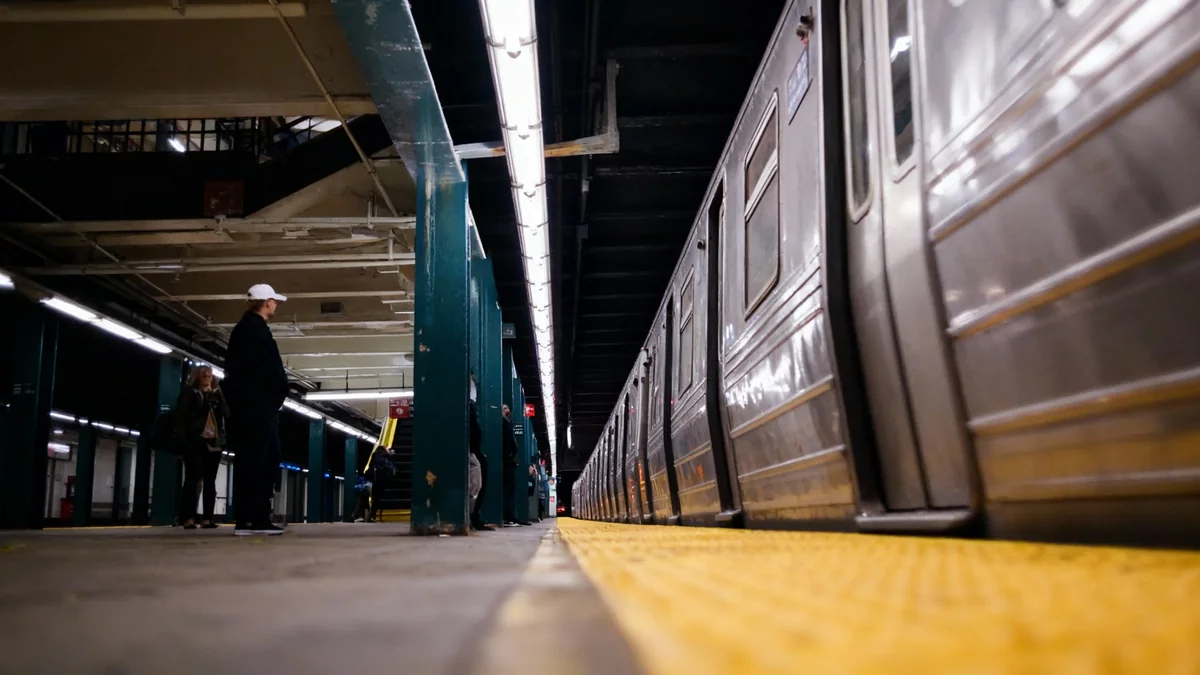On February 26, 1870, a select group of New Yorkers gathered at Devlin’s clothing store in Tribeca. They descended into an unauthorized underground tunnel, a pneumatic subway line built in secret without official city approval. This hidden project was the vision of Alfred Ely Beach, an inventor who aimed to revolutionize urban transit and bypass political obstacles.
Beach's pneumatic subway, known as the Beach Pneumatic Transit, was a bold experiment. It operated decades before New York City's official subway system opened. His efforts to demonstrate a working subway faced significant opposition from powerful business and political figures, highlighting the complex challenges of major infrastructure projects in the city's history.
Key Takeaways
- Alfred Ely Beach secretly built a pneumatic subway tunnel in New York City in 1870.
- The subway was designed as a demonstration to convince city leaders and the public.
- It featured luxurious amenities for its time, including upholstered cars and zirconia lights.
- Powerful political and business interests, led by Boss Tweed, opposed Beach's expansion plans.
- The project remained a one-block prototype and was never extended.
- Beach's efforts showcased an engineering marvel but ultimately failed due to political hurdles.
The Vision of Alfred Ely Beach
Alfred Ely Beach was a New York inventor and publisher of Scientific American. He envisioned a solution to Manhattan's growing traffic congestion. His idea was a subway system that would be clean, quiet, and efficient, a stark contrast to the horse-drawn omnibuses and streetcars that crowded Broadway.
Beach's approach was unconventional. Instead of seeking formal permission upfront, he decided to build a working prototype. He believed that a tangible, operating subway would be more persuasive than any proposal or petition. This strategy involved a degree of secrecy to avoid immediate political interference.
Interesting Fact
Alfred Beach initially secured a charter to build a mail tube. He then secretly expanded this project into an eight-foot-wide passenger subway tunnel beneath Broadway.
A Lavish Public Debut
The public unveiling on February 26, 1870, was a grand affair. Beach hosted an event called the "Under Broadway Reception." He spared no expense to impress New York's elite and influential figures.
"Beach spared no expense to impress the public," writes Matthew Algeo in "New York’s Secret Subway: The Underground Genius of Alfred Beach and the Origins of Mass Transit." "He furnished the waiting room with a grand piano, chandeliers, and a water fountain stocked with goldfish."
The subway car itself was equally impressive. It featured rich upholstery and was lit by zirconia lights, a novel technology for the era. Beach intended this spectacle to generate public support and pressure lawmakers to approve an extension of his line. Thousands of guests signed petitions urging legislative action.
Engineering and Risks
The Beach Pneumatic Transit system used a large fan to push the subway car through the tunnel. This created a smooth, quiet ride, a significant improvement over the noisy and dirty street-level transportation.
Building the tunnel was a complex engineering feat for its time. Beach used a tunneling shield of his own design, which allowed construction to proceed without disrupting the busy street above. This method helped maintain secrecy for a period.
Background Information
New York City in the mid-19th century faced severe traffic problems. Horse-drawn carriages, omnibuses, and streetcars often caused significant delays and pollution. Innovators like Beach sought mechanical solutions to improve urban mobility and public health.
The Element of Risk
Beach's project carried considerable risk. Constructing a tunnel beneath a major thoroughfare like Broadway without official oversight was dangerous. If the tunnel had collapsed, the consequences would have been severe for Beach's reputation and possibly his freedom.
"It calls to mind the Titan submersible that imploded in 2023 en route to the Titanic wreck," Algeo told the Post. "The operators of the Titan pushed the envelope with tragic consequences. Beach’s subway was an engineering marvel but there was considerable risk in his strategy."
Authorities eventually noticed issues. Charles Guidet, a contractor who had repaved Broadway, observed that the street pavement above the excavation was sinking by about nine inches. He suspected the underground activities near the Devlin building were responsible. The mayor also noted the sinking and ordered an investigation, but Beach resisted, claiming officials had "no right to interfere."
Political Opposition and Project Stalling
Despite public enthusiasm and the technical success of his demonstration, Beach's subway faced powerful opposition. Vested interests, particularly the operators of horse-drawn stagecoaches and streetcars, saw his subway as a threat to their businesses. These groups had significant political influence.
One of the most formidable opponents was William M. Tweed, known as Boss Tweed. As a powerful political figure, Tweed and his associates received payments from the existing transportation companies. They actively worked to block Beach's plans for expansion.
- Streetcar Companies: Feared competition from an efficient underground system.
- Political Leaders: Benefited financially from the existing transportation monopolies.
- Bureaucratic Hurdles: Beach's unauthorized construction made it easier for opponents to deny permits.
The Unfinished Vision
Beach's petitions and press coverage were not enough to overcome the combined power of the streetcar interests and City Hall. The project remained a single, one-block demonstration line. His ambition to extend the subway uptown never materialized.
Tweed's efforts to revoke Beach's original charter ultimately failed, but he succeeded in preventing the subway's growth. While Tweed could not stop all rival experiments, like Charles T. Harvey's elevated railway, he effectively halted Beach's underground vision.
Legacy and Future of Transit
New York City did not get its comprehensive underground network from Alfred Ely Beach. However, his secret subway provided a glimpse into the future of urban transit. It demonstrated the feasibility and public appeal of an underground system.
Thirty years after Beach's experiment, New York City finally broke ground on its official subway. The first line opened on October 27, 1904. Lower Broadway, the site of Beach's innovation, did not see a subway line until 1918.
Did You Know?
The Beach Pneumatic Transit tunnel was eventually sealed and largely forgotten until it was rediscovered during construction of the BMT Broadway Line in 1912.
Modern Parallels
The challenges Beach faced continue to resonate in modern infrastructure projects. Today, large-scale developments still navigate complex permitting processes, local opposition (often called NIMBYism, 'Not In My Backyard'), and legislative bottlenecks. These factors can hinder even well-designed prototypes.
Matthew Algeo draws a comparison between Beach's pneumatic system and modern concepts like Elon Musk's Hyperloop. Both share the idea of sealed tubes and streamlined cars promising speed and efficiency. However, Hyperloop relies on more complex technologies, such as vacuum maintenance and magnetic propulsion, and its demonstrations have faced challenges.
Algeo quipped, "Beach built a complete working version of his concept, something that Musk has yet to do."
Beach's story highlights that the primary obstacles to major infrastructure development are often political and bureaucratic, rather than purely technical. His pioneering work, though ultimately limited in scope, laid groundwork for future innovations in urban transportation.





